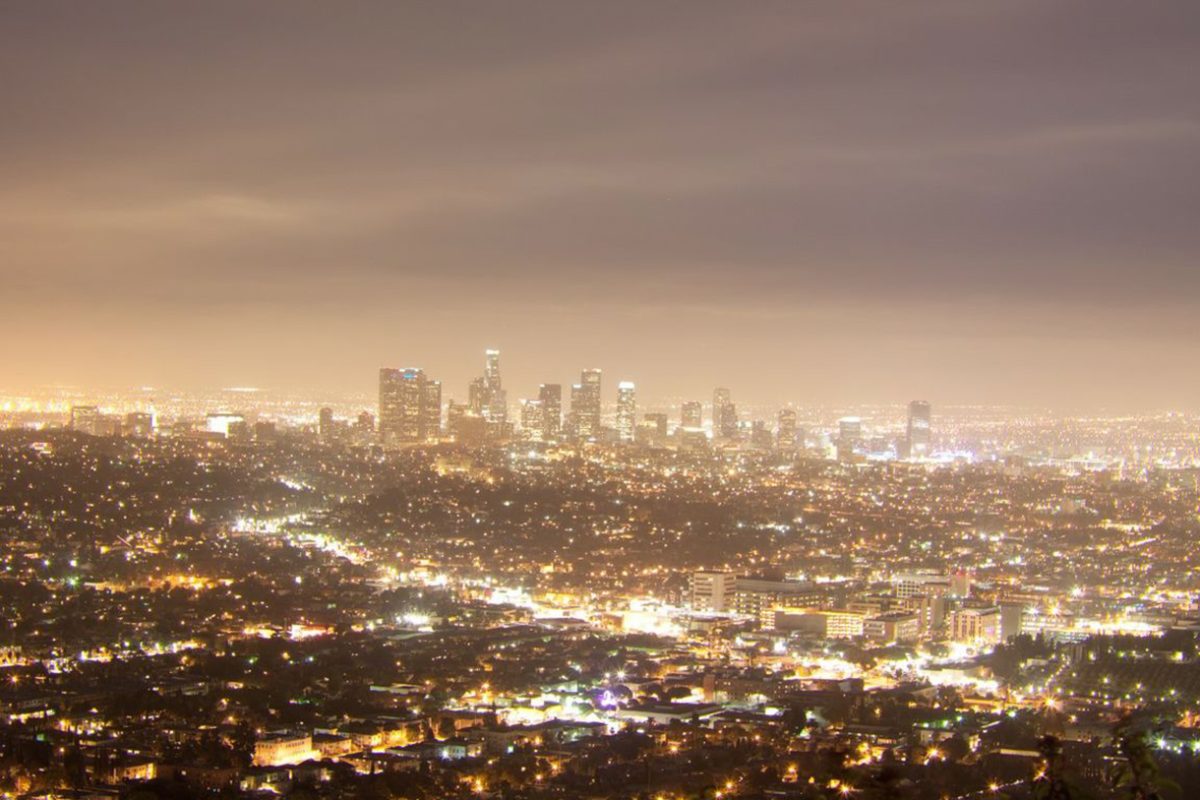In 1994, an earthquake shut off the power in Los Angeles. Nervous citizens all over the city called emergency services to report a giant silvery cloud in the sky. What they witnessed was the Milky Way galaxy, clear in the night sky.
63% of the world’s population live in areas where artificial sky brightness exceeds the threshold for light-polluted status set by the International Astronomical Union. Two-thirds of the US population and more than half of the European population have lost the ability to see the Milky Way galaxy with the naked eye. Light pollution has concealed the wonders of the heavens, without the aid of natural disasters, for the first time in human history.
Effects on Flora and Fauna
According to Winslow Briggs’s 2006 book Ecological Consequences of Artificial Night Lighting, prolonged exposure to artificial light disrupts many trees’ adjustment to seasonal changes. It also stunts tree development; the aforementioned includes root development, bud dormancy, and leaf
shape. Artificial light at night confuses the tree’s photoperiodism, which is like a tree’s sleep-wake cycle. The phytochromes in a tree are very sensitive to light, so even slight changes can “awaken” the tree. Waking early will cause the tree to over-grow and doesn’t give it time to consume sugar made during the day.
98 million to 1 billion birds die each year from collisions with lit structures like communication towers and skyscrapers. Artificial light confuses and disorients birds. Because of night lights on beaches, sea turtles are discouraged from safely nesting in their usual spots and they wander onto the roads, where they risk being hit by oncoming traffic. The previously mentioned doesn’t only affect birds and turtles; frogs hamper their mating calls, and bats change their feeding habits.
Human Health
Unnecessary light at night will disrupt the circadian rhythm or the human sleep/wake cycle. Disturbance of the circadian rhythm causes insomnia, depression, and in some cases cancer. In a 2006 study, scientists tested the effects on neonatal mice. After 4 weeks of constant artificial light, they were unable to establish a full activity cycle. Speculative as it may be, this could prove the same with human babies, and give them mood disorders later in life. Many studies since 1995 have found elevated breast cancer rates in female employees who work a rotating night shift. Similar types of information were found in Israeli communities as well.
To combat the effects of light pollution, start with your local community and spread awareness. Light pollution is overlooked as a serious problem. Use light shields, directional lighting, motion sensors, and timers to prevent unnecessary artificial light. Avoid buying pure white LED lights, as the glare can be very intense. It could even be as simple as turning off lights when you’re not using them. As citizens of the world, we must protect the night just as much as the day.












